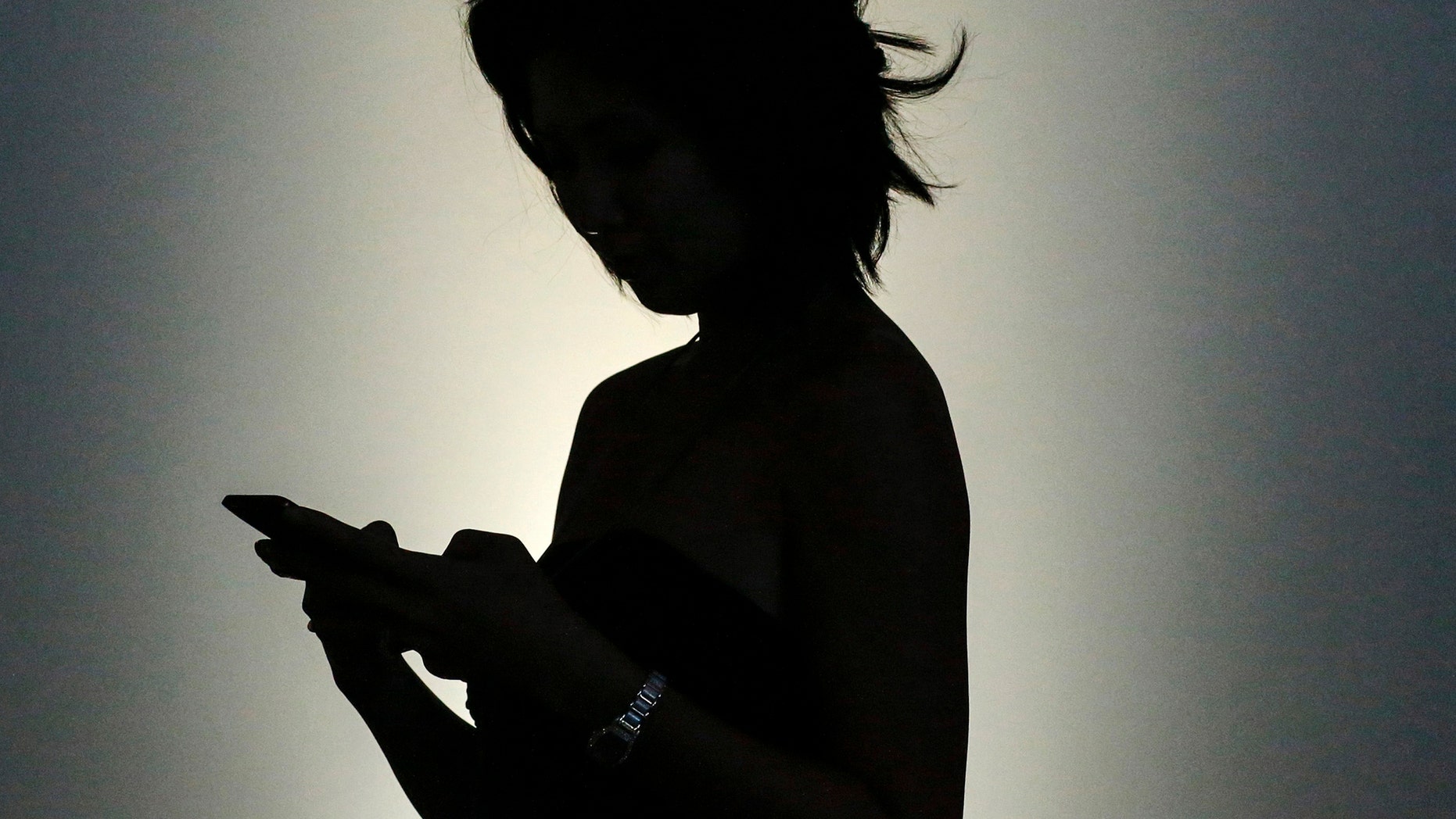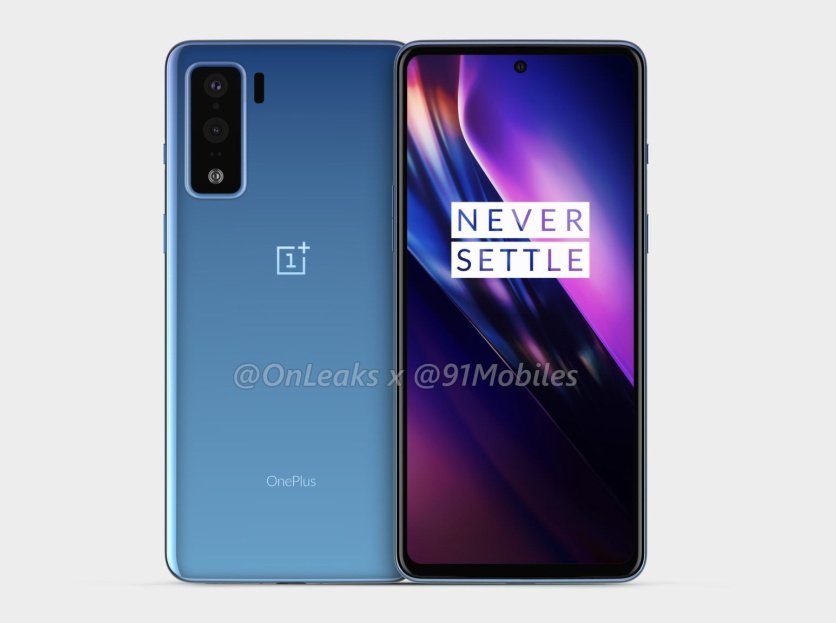File photo.
(REUTERS/Eduardo Munoz)
For big tech companies, data is money. Their goal is to collect as much info about you as they can, and try as we might, there’s no surefire way to shut them out entirely.
There are steps you can take to limit what advertisers know about you, though. It all starts with your Facebook settings. Tap or click here for 7 ways to delete yourself from the internet.
As consumers demand more privacy, tech companies — including smartphone manufacturers — are slowly responding. Apple’s latest iPhone operating system, iOS 13, has several new privacy settings you need to start using if you aren’t already.
The OS brings hundreds of other changes too, like improved camera settings and a quicker way to type messages. Tap or click for 9 iPhone features you’ll use time and time again.
Once your phone is up to date, it’s time to control how often companies track you and get data from your Apple devices. Keep tech companies and hackers at bay with these new privacy features.
Only you need to know where you are
Many apps ask for permission to know your location. In apps like Google Maps, that makes sense, but social media apps and games want to know your location too. Those have less justification. Tap or click here to see which apps are known for stealing sensitive data.
Sure, you might want to share your location on social media if you’re at a cool new place, and geotags on Snapchat are fun to use too. But it can be genuinely dangerous to post your location publicly — anyone could find you. Savvy hackers use location information to deduce details like your address, where you work and even to determine when you’ll be home.
Thankfully, Apple understands how easily criminals can glean information, so in iOS 13 you now have some serious control over what location data you share with different apps.
RELATED: Another new feature in iOS 13? Apple’s new robocall-blocking solution. I hate robocalls, too, but this doesn’t cut it for me. Tap or click to find out why I think it’s a flop.
Apple has always made it possible to disable location services for certain apps, but the controls are now more specific and customizable.
Once you download iOS 13, control your app location permissions by going to Settings > Privacy > Location Services. You’ll see a list of your apps there, and you can decide how often they get to use the location services. This level of control will help keep your data safe, so make sure you use this feature ASAP.
Know when apps are accessing your data
Even if you control when and where your location services are accessed, some apps can be sneaky.
They’ll access your location in the background every so often to glean just a little bit of data. The amount of information they learn adds up over time, but with iOS 13 you can know when apps are trying to sneak around.
With iOS 13, your iPhone will send you notifications when background apps access your location info.
This notification can help you track down the less scrupulous apps, which tend to be big battery drainers and privacy violators.
From there, you can decide whether to change their location permissions via Settings, or decide if you’d rather remove them altogether. You don’t need apps that access your data without permission — not if you want to be safe.
Block back doors for data gathering
Apps can get your location information from your iPhone’s location services, but it’s not the only way.
Some apps can learn location information from your Wi-Fi and Bluetooth, just by seeing where your IP address is located or what devices (which can also report locations) your Bluetooth connects to.
This means your Wi-Fi and Bluetooth permissions also impact how much data companies and apps can gather about you — maybe even more so than location services, since many apps don’t bother to ask for your location at all. They just piece it together themselves. So what can iOS 13 help you do about this?
First, iOS 13 lets you decide Bluetooth permissions on every app you use. As with location services, you access this by going to Settings > Privacy > Bluetooth. Once again, you’ll be presented with a list of your apps, and you can decide if they can access your Bluetooth.
There aren’t customizable options for allowing Bluetooth, but because Bluetooth isn’t always secure, it gives you some control over what data which apps can gather. Tap or click here to learn about a major Bluetooth flaw that exposed millions of devices to attacks.
Next, iOS 13 lets you control some aspects of how your iPhone works on Wi-Fi. You can disable tracking in Safari, so data gathered about you on one site can’t carry over onto another. This makes it hard for companies to send you the same ads over and over, because they have less data to work with.
Just go to Settings > Safari > and toggle off Prevent Cross-Site Tracking.
Another feature of iOS 13 includes a secure password autofill. These are passwords stored in the iCloud Keychain that requires your Touch ID or Face ID to confirm your identity before it auto-fills your passwords onto sites and apps. This feature also allows you to connect to a few third-party password apps like 1Password, Dashlane and LastPass.
Note: You can only use this feature, called Apple sign in, if you have two-factor authentication turned on and you need to be signed in to your Apple ID on your Apple device.
Two-factor authentication is one of the most powerful ways to protect your accounts. Tap or click here to learn how 2FA works.
Keeping your information private on your iPhone is easier than ever with iOS 13’s new features. Make sure you upgrade and use them as soon as you can to keep data gathering down and security up. Your iPhone shouldn’t give out all your information, so iOS 13 helps you share only when necessary. Get it today!
BONUS TIP FOR EXTRA KNOW-HOW: Big mistake people make buying a TV is picking the wrong size. Here’s the formula to use.
Ready to pounce on a bargain-priced 4K television for your living room? Scoring a great deal on a TV this time of year is no big feat as discounted sets litter every department store and online retailer site.
Unfortunately, the low, low price entices you to pay for a supersized TV and when you get home, you discover it won’t fit through your front door, let alone in the space you designated.
Take a moment, wave to the neighbors and let buyer’s remorse set in. The good news is with a bit of homework, you can avoid the regret and the embarrassment when you send your dream screen back to the store.
Tap or click for a simple way to figure out what size to buy.
What digital lifestyle questions do you have? Call Kim’s national radio show andtap or click here to find it on your local radio station. You can listen to or watch theKim Komando Show on your phone, tablet, television or computer.Or tap or click here for Kim’s free podcasts.
Copyright 2020, WestStar Multimedia Entertainment. All rights reserved.
Learn about all the latest technology on theKim Komando Show, the nation's largest weekend radio talk show. Kim takes calls and dispenses advice on today's digital lifestyle, from smartphones and tablets to online privacy and data hacks. For her daily tips, free newsletters and more, visit her website atKomando.com.
Let's block ads! (Why?)
https://news.google.com/__i/rss/rd/articles/CBMiZWh0dHBzOi8vd3d3LmZveG5ld3MuY29tL3RlY2gvY29tcGFuaWVzLWNhbi10cmFjay15b3VyLXBob25lLXVubGVzcy15b3UtY2hhbmdlLXRoZXNlLXNlY3VyaXR5LXNldHRpbmdz0gFpaHR0cHM6Ly93d3cuZm94bmV3cy5jb20vdGVjaC9jb21wYW5pZXMtY2FuLXRyYWNrLXlvdXItcGhvbmUtdW5sZXNzLXlvdS1jaGFuZ2UtdGhlc2Utc2VjdXJpdHktc2V0dGluZ3MuYW1w?oc=5
2019-12-09 12:16:41Z
CBMiZWh0dHBzOi8vd3d3LmZveG5ld3MuY29tL3RlY2gvY29tcGFuaWVzLWNhbi10cmFjay15b3VyLXBob25lLXVubGVzcy15b3UtY2hhbmdlLXRoZXNlLXNlY3VyaXR5LXNldHRpbmdz0gFpaHR0cHM6Ly93d3cuZm94bmV3cy5jb20vdGVjaC9jb21wYW5pZXMtY2FuLXRyYWNrLXlvdXItcGhvbmUtdW5sZXNzLXlvdS1jaGFuZ2UtdGhlc2Utc2VjdXJpdHktc2V0dGluZ3MuYW1w



:no_upscale()/cdn.vox-cdn.com/uploads/chorus_asset/file/19444528/Focals2.0_TeaseHero_02_RGB_3000x1543.jpg)
:no_upscale()/cdn.vox-cdn.com/uploads/chorus_asset/file/19308787/header_command_line_option_32x.png)
:no_upscale()/cdn.vox-cdn.com/uploads/chorus_asset/file/19249911/akrales_190930_3688_0218.jpg)
:no_upscale()/cdn.vox-cdn.com/uploads/chorus_asset/file/10227893/jbareham_171102_2108_0077.jpg)

